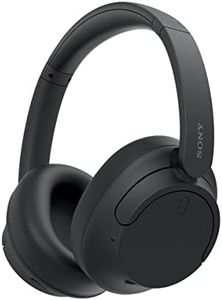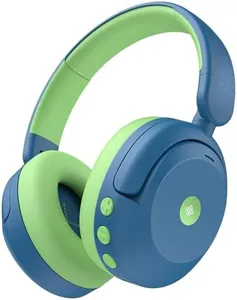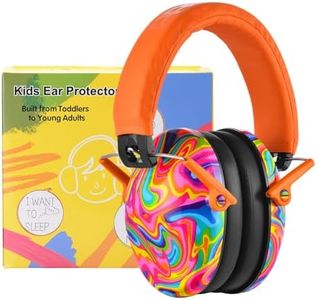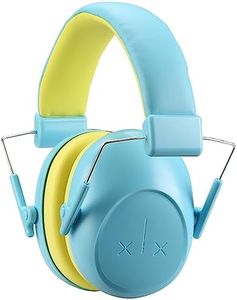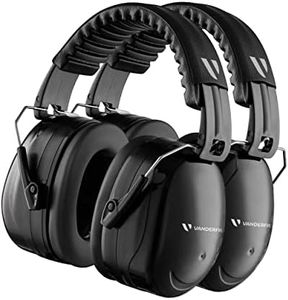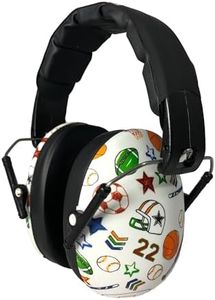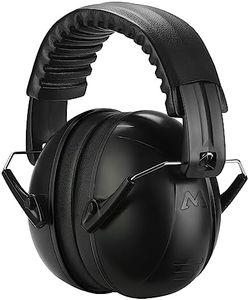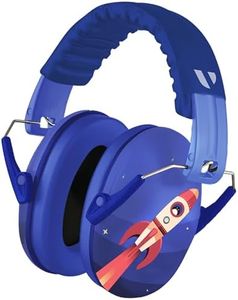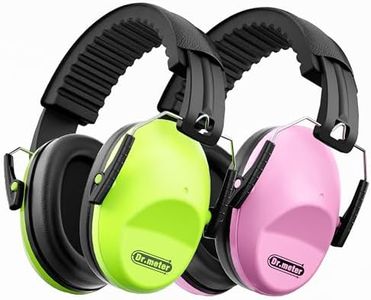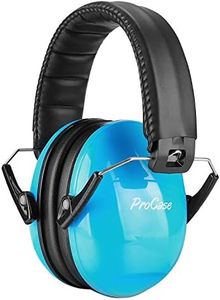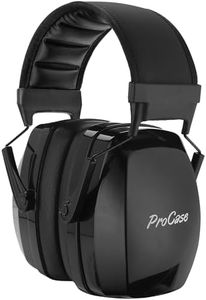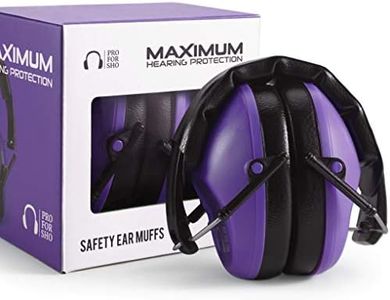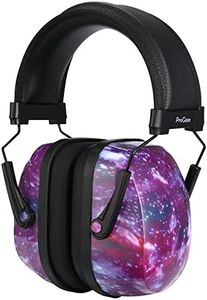We Use CookiesWe use cookies to enhance the security, performance,
functionality and for analytical and promotional activities. By continuing to browse this site you
are agreeing to our privacy policy
10 Best Autism Noise Cancelling Headphones
From leading brands and best sellers available on the web.Buying Guide for the Best Autism Noise Cancelling Headphones
Choosing the right noise-cancelling headphones for individuals with autism can make a significant difference in their comfort and well-being, especially in noisy environments. The right pair helps manage sensory overload by reducing unwanted sounds, letting the wearer focus, relax, or simply find peace. When shopping for these headphones, it's important to consider factors like comfort, effectiveness of noise cancellation, durability, and adjustability to ensure they suit individual preferences and sensitivities.Noise Cancellation TypeNoise cancellation in headphones comes mainly in two forms: active and passive. Active noise cancellation (ANC) uses electronic signals to counteract outside noise, which is great for eliminating background sounds like engine hums or chatter. Passive noise cancellation relies on the physical design of the headphones, using thick padding to block noise. For individuals with autism who may be very sensitive to sound, active noise cancellation can be more effective in loud or unpredictable environments, while passive can be sufficient for milder situations. Think about where the headphones will be worn and the kind of noise the user finds most challenging to decide which type is best.
Comfort and FitComfort is critical, especially for extended use. This depends on the materials used for ear cups, the weight of the headphones, and the pressure they apply to the head and ears. Soft, plush padding and adjustable headbands make a big difference, particularly for those with sensory sensitivities. It's best to choose headphones that can be easily adjusted and are lightweight, as anything too tight or heavy may lead to discomfort or even aversion to wearing them.
DurabilityDurability refers to how well the headphones can withstand daily wear and tear. Kids or those prone to fidgeting might unintentionally handle headphones roughly, so sturdy construction and flexible materials are crucial. Look for headphones described as 'reinforced,' 'bendable,' or made from tough plastics. If the headphones will be used often or by someone active, picking a more durable model helps them last longer and keeps them safe from accidental drops or twisting.
AdjustabilityAdjustability means how easily the headphones can be resized to fit different head sizes or comfortably accommodate things like glasses or hair. A good adjustable design helps ensure the headphones are neither too loose (which reduces effectiveness) nor too tight (which leads to discomfort). For individuals with autism, an adjustable fit can make headphones usable for longer periods and reduce irritations caused by a poor fit.
Sound QualitySound quality isn't just about how music or voices sound; it's also about clarity and balance, especially when the headphones are used for listening to calming audio or educational content. Look for headphones with clear, distortion-free audio at all volume levels. If the headphones will be used mainly to block out noise, top-tier audio may be less important, but for those who enjoy listening to music or calming tracks, sound quality is something to consider.
Ease of UseEase of use refers to how simple it is to operate the headphones—this includes things like the location and size of buttons, charging method, and the overall interface. For many on the autism spectrum, straightforward controls and minimal design features can be beneficial. Choose headphones that are easy to put on, adjust, and operate, with physical buttons that are intuitive and not easily pressed by accident.
